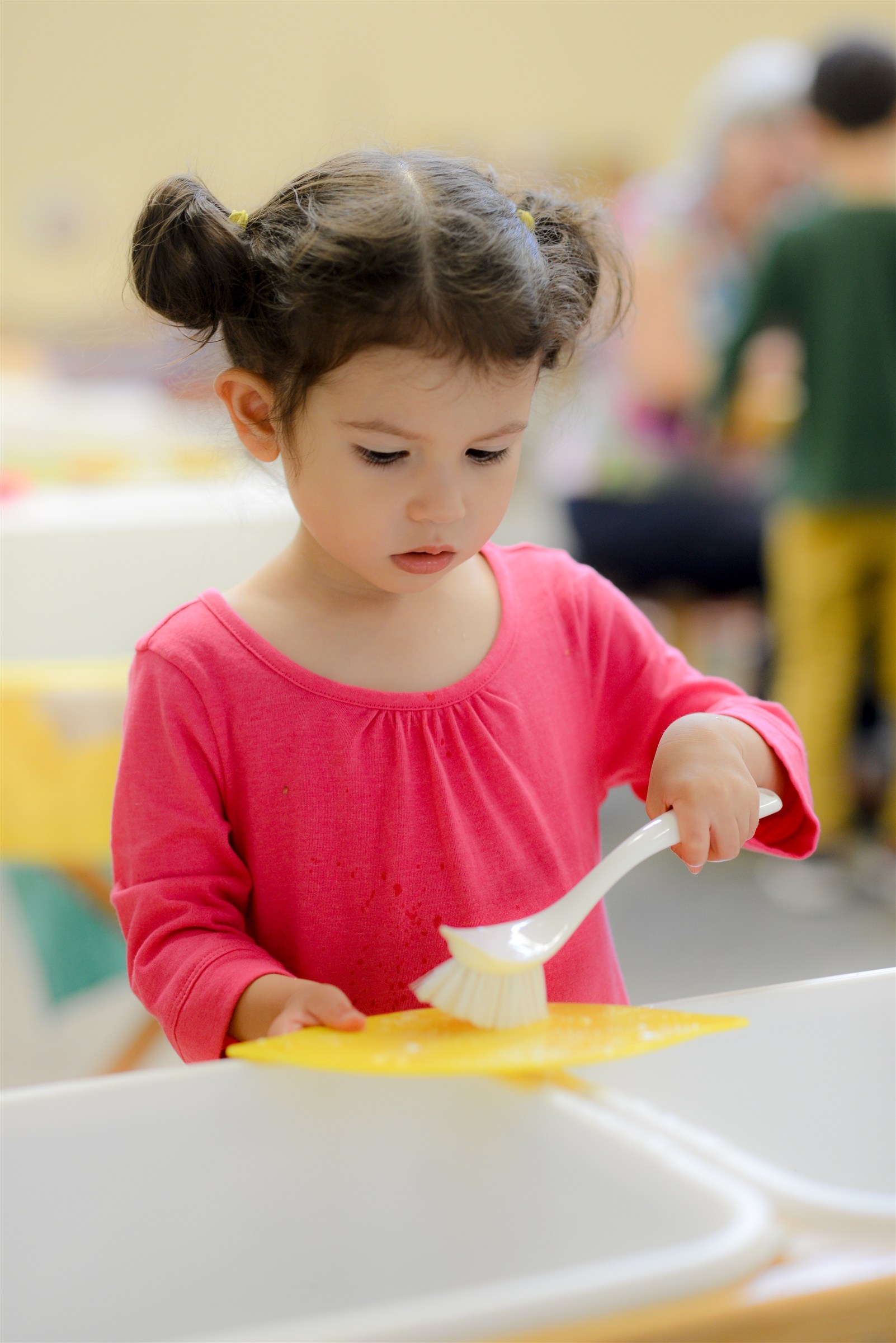Primary
Our Primary PROGRAM
 Primary classrooms serve children ages three to six in beautiful, quiet, harmonious, sunlit environments carefully designed for children to learn by doing which is necessary for success in their futures.
Primary classrooms serve children ages three to six in beautiful, quiet, harmonious, sunlit environments carefully designed for children to learn by doing which is necessary for success in their futures. Springmont's highly trained faculty and specially designed materials maximize the development of academic skills as well as creativity and character development. Beginning in the Primary program, all areas of study are integrated. Children are guided to use their natural powers of discovery to develop meaningful skills in math, reading and handwriting, geography, science, culture, sensory development, the arts and life skills.
Classes are large enough to provide a dynamic social environment, yet the one-to-one or small group lessons allow your child to thrive academically. Teachers intensely follow the interests of each child, presenting carefully designed lessons and materials as the child is ready. All Primary classes have access to adjoining gardens, which allow opportunities to care for the environment as well as exploration of the natural world.
